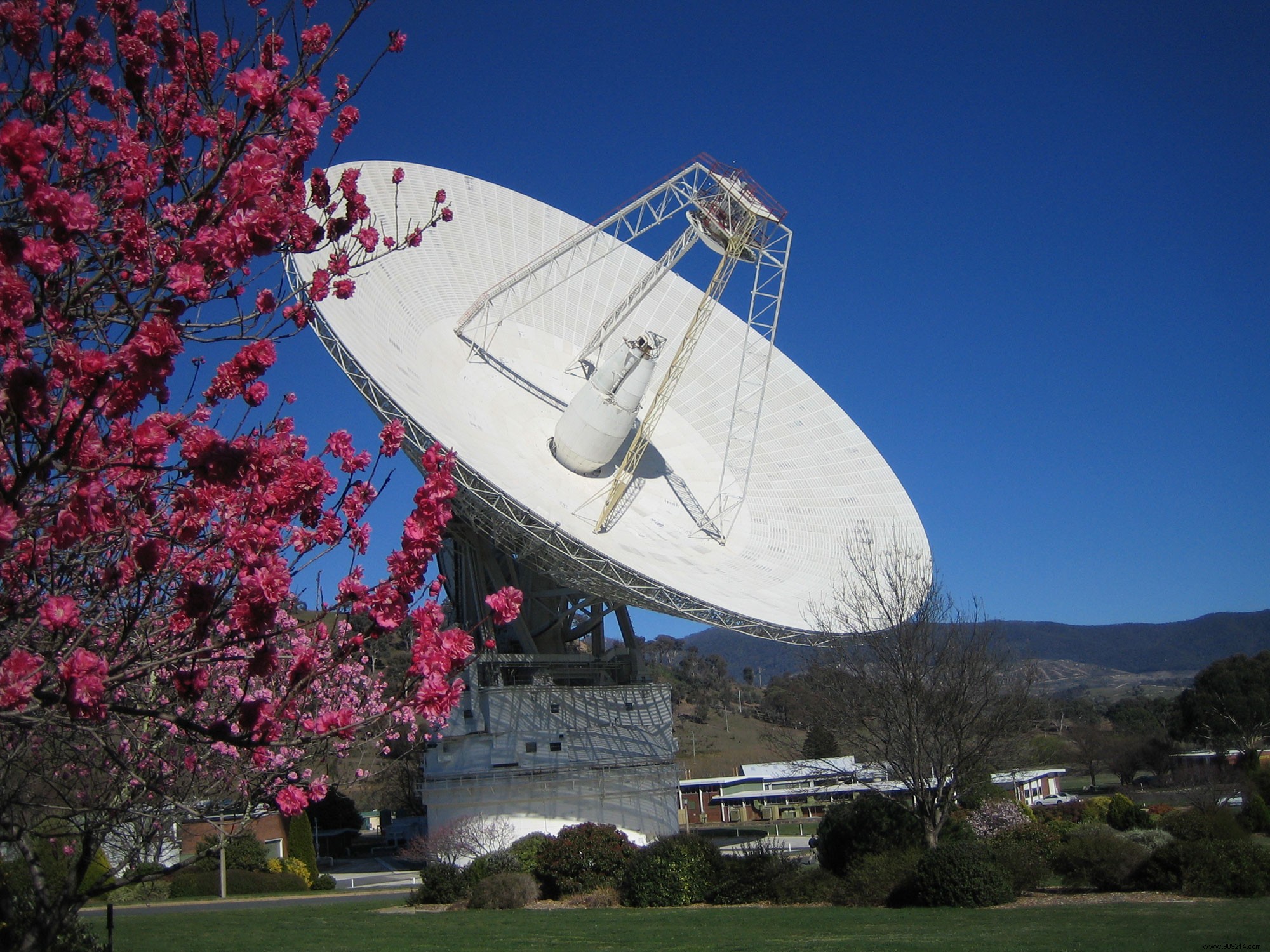On October 29, NASA operators sent a series of new instructions to the Voyager 2 probe as it cruises through interstellar space. The ship sent back a signal confirming that it had received the "call" and executed the commands without issue.
In November 2019, the Voyager 2 probe, launched in 1977, returned its first data from outside our solar system. In other words, freed from the grip of the Sun, it now sails in interstellar space, just like its sister Voyager 1 launched the same year. That said, last March NASA had to "abandon" the spacecraft for a few months while the agency upgraded the DSS-43 radio antenna at the Canberra Deep Space Communications Complex ( Australia).
This maintenance work is of paramount importance to NASA. And for good reason, this seventy meter wide antenna is the only one capable of communicating with the probe . How is it possible ? You should know that initially, the American agency could rely on three stations:one in Australia, one in California and one in Spain. Due to their geographical location, these facilities made it possible to maintain permanent contact with the probe despite the rotation of the Earth.
However, for several years, and unlike Voyager 1, Voyager 2 dives in a downward direction relative to the Earth's orbital plane. In other words, the probe is now accessible only from the southern hemisphere .
Another important point:Voyager 2 can only receive S-band transmissions. However, the Canberra communications complex is the only facility in the southern hemisphere currently capable of transmitting communications in this band at such a distance. For information, Voyager 2 is today nearly nineteen billion kilometers from Earth!
That's why NASA can't afford to give up this antenna. As the antenna was aging (commissioned in 1972), engineers undertook some "floor-to-ceiling" upgrades to ensure the antenna could continue to be used for current and future missions. “For an antenna that is almost fifty years old, it is better to be proactive than reactive “, writes NASA.

Officially, the antenna must be "offline" until January 2021. Nevertheless, on October 29, 2020, NASA wanted to test two new radio transmitters freshly installed . One of them, which is used to "talk" with Voyager 2, had not been replaced for over 47 years . Engineers also upgraded the heating and cooling equipment, power supply equipment, and other electronic components needed to operate the new transmitters.
According to NASA, the operations went very well. The engineers indeed sent several commands to which the probe responded well. At such a distance, this information took more than 17 hours to reach the ship, then more than 17 more hours to return to Earth . Note that since the disconnection of the antenna, the mission operators have not been without news of the probe which, for its part, could still communicate with Earth.
Finally, note thatthese repairs will also benefit other missions , including that of the Perseverance rover which is due to land on Mars on February 18, 2021. The network will also play a vital role in the Artemis program which plans to return humans to the Moon as early as 2024.